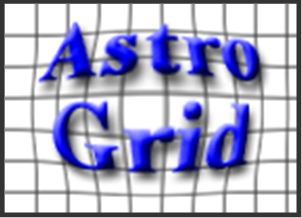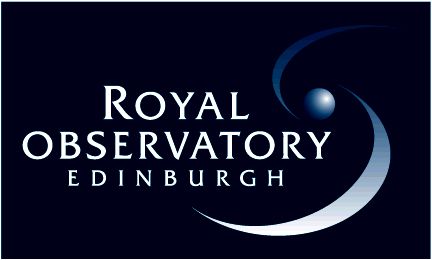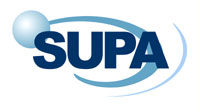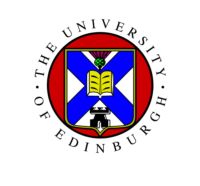|
|
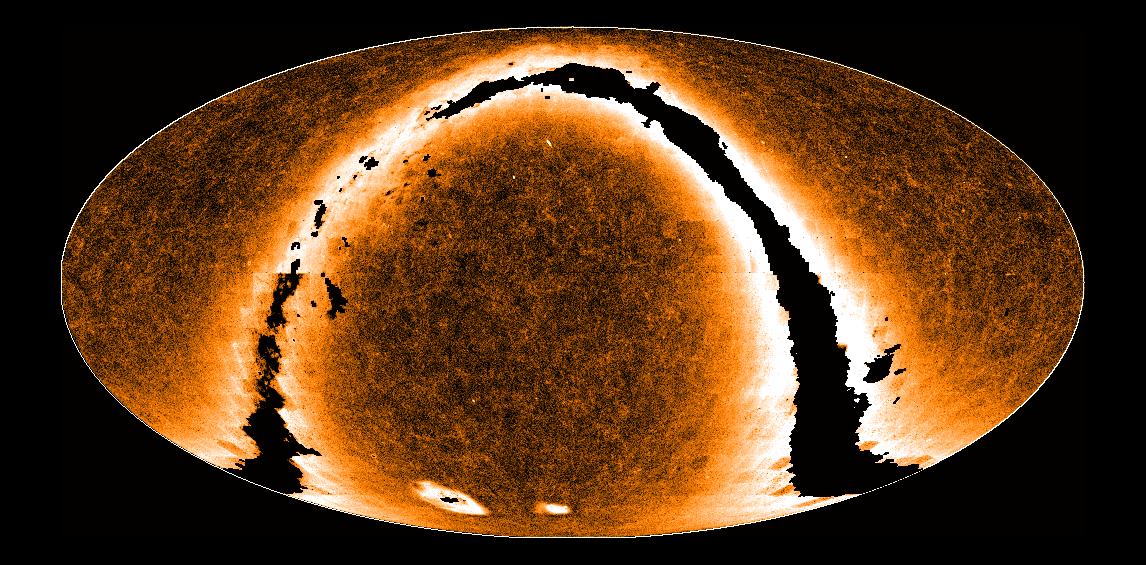 Surveys are the backbone of astronomy, and the engine of discovery. They are of cultural importance, because they satisfy the desire to map our surroundings, and give us a feeling for where we live.. They are efficient, because once you have imaged and catalogued the sky, you can do many different experiments from the same database. Surveys are a resource that supports other types of astronomy - when you see that weird gamma-ray source, you can check straight away whether its also an infra-red source, without having to apply for telescope time. Some scientific goals mean that you just have to map a large area of sky - either to build up a large sample to get good statistics, or because you are studying something - like the Milky Way - that spreads all over the sky. Over the twentieth century, there has been another important aspect to surveys. Each time technology allows us to look at the Universe at a different wavelength - radio, X-ray, UV, submm - we survey the sky just to see whats out there. This has repeatedly produced surprises, things we had no idea existed - radio galaxies, neutron stars, the hot intracluster medium, ultraluminous starbursts, etc.
Surveys are the backbone of astronomy, and the engine of discovery. They are of cultural importance, because they satisfy the desire to map our surroundings, and give us a feeling for where we live.. They are efficient, because once you have imaged and catalogued the sky, you can do many different experiments from the same database. Surveys are a resource that supports other types of astronomy - when you see that weird gamma-ray source, you can check straight away whether its also an infra-red source, without having to apply for telescope time. Some scientific goals mean that you just have to map a large area of sky - either to build up a large sample to get good statistics, or because you are studying something - like the Milky Way - that spreads all over the sky. Over the twentieth century, there has been another important aspect to surveys. Each time technology allows us to look at the Universe at a different wavelength - radio, X-ray, UV, submm - we survey the sky just to see whats out there. This has repeatedly produced surprises, things we had no idea existed - radio galaxies, neutron stars, the hot intracluster medium, ultraluminous starbursts, etc.
In 2007 I wrote a review article for Astronomy and Geophysics which expands on these issues, looks at results from the latest surveys, and asks whether the era of discovery has finished.
X-ray surveys.
I have been involved in surveys since my PhD days in Leicester, when I was one of the team producing the 3A catalogue from Ariel V data (galactic plane and high latitude sky). Ariel V established Seyfert galaxies as a class of X-ray source (see Elvis et al 1978). Most of my X-ray work since then has been on individual objects, but in relatively recent times I was part of a team doing a deep X-ray survey in the ELAIS regions (see for example this 2003 paper led by James Manners and this one led by Chris Willott)
Far Infrared Surveys.
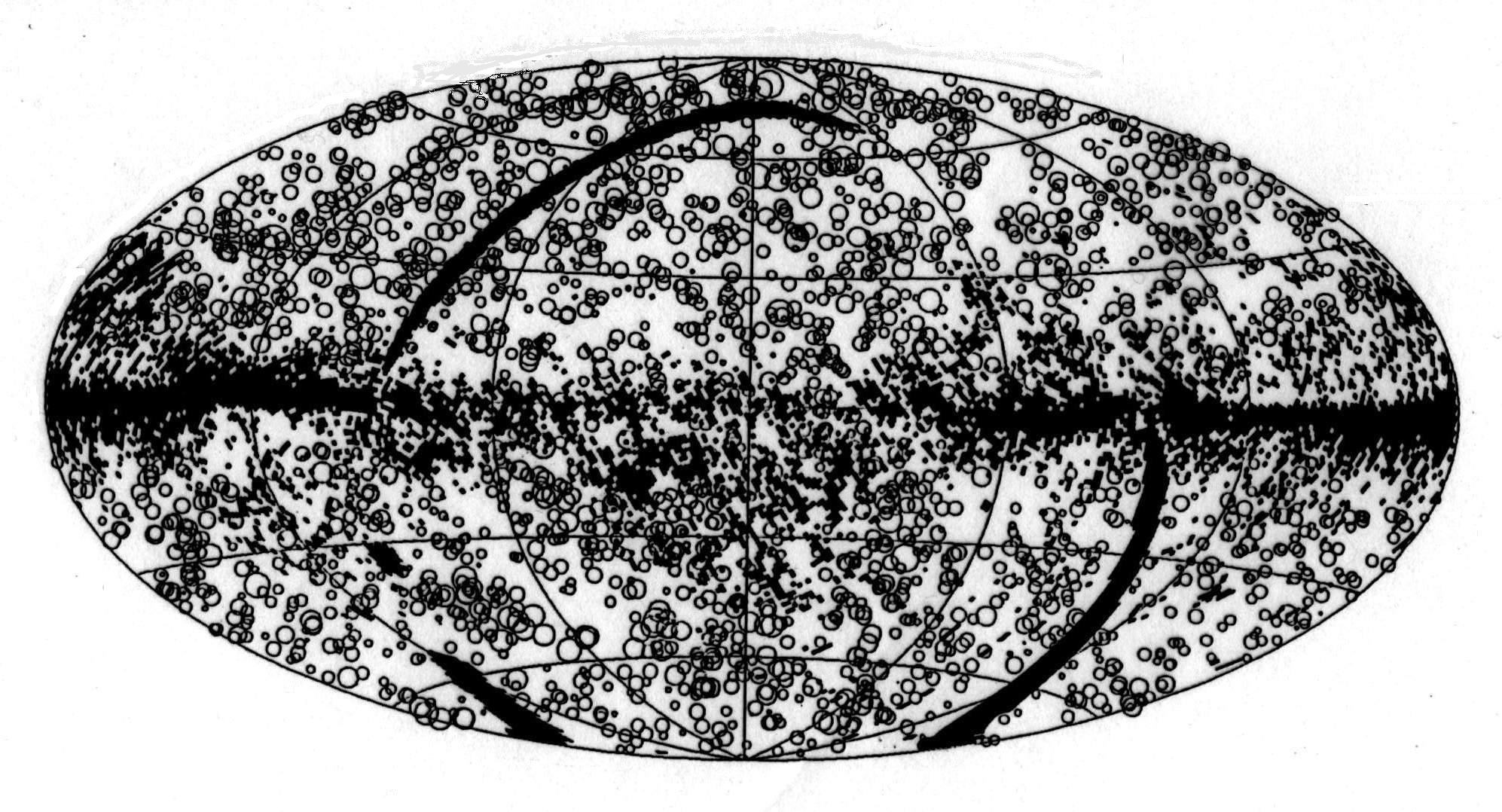 In the mid 1980s I began work on redshift surveys of complete Far- Infrared galaxy samples, working with Michael Rowan-Robinson, who had just returned from the IRAS project. My 1986 paper was one of the first studies of ultraluminous IR galaxies, their relation to AGN, and the FIR luminosity function. We realised the potential for an all-sky redshift survey, and got together with astronomers in Durham, Oxford, and Toronto to form the QDOT project. The key scientific results are described in the cosmology section. The final survey description paper is Lawrence et al 1999. All of these data later got subsumed into the complete PSC-z project, which has a website here.. The logical continuation of FIR surveys in the 1990s was surveying in the Mid Infrared, and surveying in the submm, which locates ultraluminous galaxies at high redshift. I have played a part in several such projects, for example the ELAIS survey, the SCUBA HDF survey, and the SCUBA 8 mJy survey. Currently I am part of the Herschel ATLAS survey consortium, in which my main personal aim is studies of blazars and obscured AGN, and the Spitzer-UKIDSS UDS (SpuDS) legacy programme, in which my main personal aim is spectroscopic follow-up of obscured AGN.
In the mid 1980s I began work on redshift surveys of complete Far- Infrared galaxy samples, working with Michael Rowan-Robinson, who had just returned from the IRAS project. My 1986 paper was one of the first studies of ultraluminous IR galaxies, their relation to AGN, and the FIR luminosity function. We realised the potential for an all-sky redshift survey, and got together with astronomers in Durham, Oxford, and Toronto to form the QDOT project. The key scientific results are described in the cosmology section. The final survey description paper is Lawrence et al 1999. All of these data later got subsumed into the complete PSC-z project, which has a website here.. The logical continuation of FIR surveys in the 1990s was surveying in the Mid Infrared, and surveying in the submm, which locates ultraluminous galaxies at high redshift. I have played a part in several such projects, for example the ELAIS survey, the SCUBA HDF survey, and the SCUBA 8 mJy survey. Currently I am part of the Herschel ATLAS survey consortium, in which my main personal aim is studies of blazars and obscured AGN, and the Spitzer-UKIDSS UDS (SpuDS) legacy programme, in which my main personal aim is spectroscopic follow-up of obscured AGN.
Wide Field Astronomy Unit
In the late 1990s, I inherited responsibility for the UK Schmidt Unit at ROE, and created the new Wide Field Astronomy Unit, with the aim of creating large new public survey projects that would be as important as the ROE's historic role in creating the UK Schmidt atlases. Following a plan I set out in 1998, we have achieved several key things :
- Schmidt plates from North and South have been digitised by SuperCOSMOS, and made available as an all sky queryable science archive. This project was led by Nigel Hambly - see this 2001 paper.
- We initiated a southern sky redshift survey using the 6dF facility. This took on a life of its own, led by Will Saunders from AAO, but here at ROE, Mike Read set up the 6dFGS science archive.
- I led the development of the UKIRT Infrared Sky Survey (UKIDSS, see below) using the UKIRT Wide Field Camera (WFCAM) and Nigel Hambly led the development of the WFCAM Science Archive.
- Dealing with public access to very large databases led us into the e-science arena. As well as working on state-of-the-art queryable archives, I led the development of AstroGrid and VOTECH, two projects working on the development of new Virtual Observatory technology. (More details on this in the VO section).
Near Infrared Surveys.
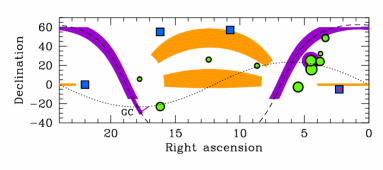 For some years the workhorse near-IR all-sky survey has been the Two Micron All Sky Survey (2MASS).
However, for the colours of most astronomical objects, 2MASS fails to match SDSS by several magnitudes. A deeper IR survey was made possible because of UKIRT WFCAM, a wide field IR camera on a 4m telescope. UKIDSS started conceptual development in 1998, finally started in May 2005, and completed observations in mid-2012. A summary of the project is in the Lawrence et al 2007 paper. For the curious, you can see the very first proto-proposal here. The final proposal to the UKIRT board can be found on the UKIDSS web pages. UKIDSS is a seven year programme, covering 7000 square degrees to K=18, 35 square degrees to K=21, and 0.75 square degrees to K=23. A series of data releases have taken place, now up to DR9 as of July 2012, all available through the WFCAM Science Archive For some years the workhorse near-IR all-sky survey has been the Two Micron All Sky Survey (2MASS).
However, for the colours of most astronomical objects, 2MASS fails to match SDSS by several magnitudes. A deeper IR survey was made possible because of UKIRT WFCAM, a wide field IR camera on a 4m telescope. UKIDSS started conceptual development in 1998, finally started in May 2005, and completed observations in mid-2012. A summary of the project is in the Lawrence et al 2007 paper. For the curious, you can see the very first proto-proposal here. The final proposal to the UKIRT board can be found on the UKIDSS web pages. UKIDSS is a seven year programme, covering 7000 square degrees to K=18, 35 square degrees to K=21, and 0.75 square degrees to K=23. A series of data releases have taken place, now up to DR9 as of July 2012, all available through the WFCAM Science Archive
The next step for infrared surveys is now well underway - VISTA, which is a dedicated 4m telescope facility at ESO Paranal, with an camera several times bigger than WFCAM. I am a co-I on the VISTA Hemisphere Survey, led by Richard McMahon. WFAU has produced the VISTA Science Archive.
The future.
What next ? The WFAU is active in the development of GAIA, but I have only a minor personal role. The current big thing scientifically is PanSTARRS. This is a project led by Nick Kaiser at IfA-Hawaii, a wide field optical imaginging system which monitors the sky for changes as well as producing deep surveys on various scales. It is making a big impact on dark matter mapping via gravitational lensing, searches for high-z supernovae, finding killer rocks in space, and more besides. The first step, PanSTARRS-1, is well into a three survey program. There is a movie showing survey progress at the home page of the PS1 Science Consortium. My personal interest is in looking for Tidal Disruption Events in quiescent black holes.
Further downstream, we have ambitions to become involved in the Large Synoptic Survey Telescope (LSST) - if somebody will give us the money !
|
